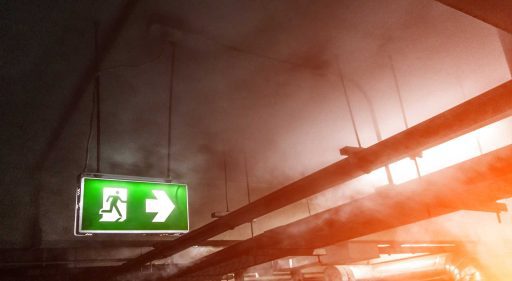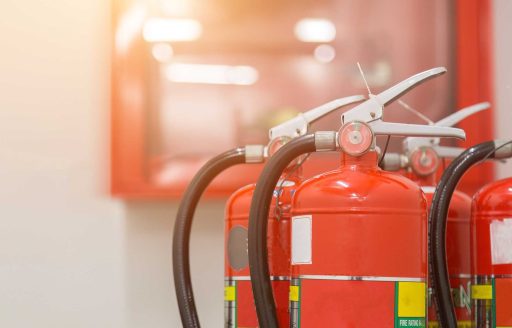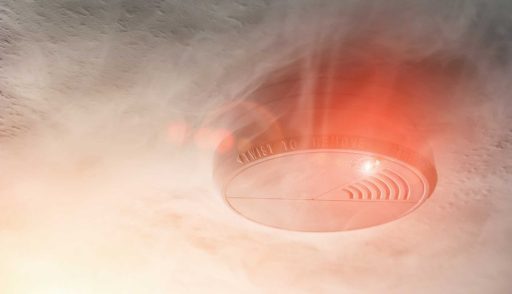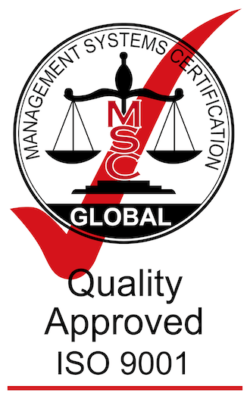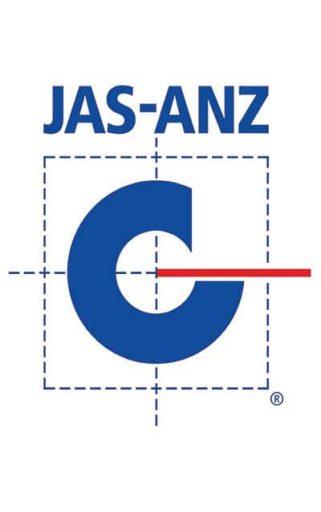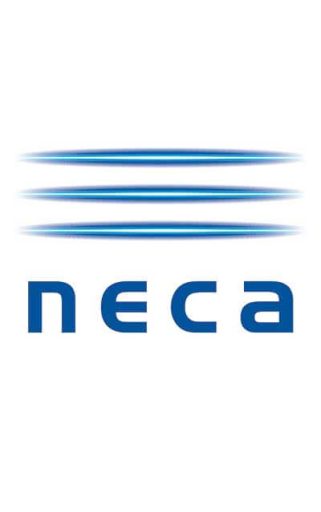We Supply A Wide Range of all Types of Fire Extinguishers.
Armidale Fire and Safety supply a wide range of fire equipment products including portable fire extinguishers. Available in a range of sizes and to suit all applications and fire types. If you need more assistance with the type of fire extinguisher that you require, please don’t hesitate to contact us.
Our portable fire extinguisher types include:
Class A – Ordinary Combustible Solids
These are typically used on carbon-based fires consisting of wood, paper or plastic – common in homes and workplaces. These fires are the most commonly encountered by firefighters. They generally consist of a water based solution and work by cooling the burning material, reducing the temperature below the ignition point, effectively stopping the fire. They are not suitable for fires involving flammable liquids, electrical equipment, or metals.
Class D – Combustible Metals
For environments where combustible metals are present such as magnesium, titanium, or sodium. Burning at extreme temperatures, these metals can react violently with water or other common extinguishing agents. The non-conductive, dry powder forms a protective barrier over the burning metal, effectively cutting off the fire’s oxygen supply and stopping its spread or further reactions.
Class B – Flammable & Combustible Liquids
For fires involving flammable liquids such as petrol, oil, kerosene or cleaning products or similar. Using foam, dry chemical powders, or carbon dioxide. The agents used help create a barrier over the burning liquid, rapidly suppressing the fire and lowering the risk of re-ignition.
Class E – Electrical Fires
For electrical fires which occur in or around electrical equipment such as computers, wiring, or appliances. Using non-conductive agents, such as carbon dioxide or dry chemical powder, this extinguisher is essential for safely putting out fires without risking electrical shock and reducing further equipment damage.
Class C – Flammable Gases
Specifically designed to address fires caused by gases such as propane, methane, or natural gas. These types of fires require a specialised approach due to their unique properties and risks. Using a non-conductive, dry chemical powders, interrupts the chemical reaction of the fire, quickly putting it out and preventing it from spreading. Along with reducing the risk of explosions associated with flammable gases.
Class F – Cooking Oils and Fats
Specifically for fires involving cooking oils and fats, typically in commercial kitchens but can also be effective in the home. Containing wet chemical agents designed to handle the unique nature of cooking oil fires. These agents form a soapy layer on top of the burning oil, which helps to cool the fire, prevent re-ignition and are more efficient and safe than other extinguishing agents.
Water and Foam
Water and Foam fire extinguishers extinguish the fire by taking away the heat element of the fire triangle. Foam agents also separate the oxygen element from the other elements.
Water extinguishers are for Class A fires only – they should not be used on Class B or C fires. The discharge stream could spread the flammable liquid in a Class B fire or could create a shock hazard on a Class C fire.
Wet Chemical
Wet Chemical is a new agent that extinguishes the fire by removing the heat of the fire triangle and prevents re-ignition by creating a barrier between the oxygen and fuel elements.
Wet chemical of Class K extinguishers was developed for modern, high efficiency deep fat fryers in commercial cooking operations. Some may also be used on Class A fires in commercial kitchens.
Carbon Dioxide
CO2 fire extinguishers extinguish a fire by taking away the oxygen element of the fire triangle and also be removing the heat with a very cold discharge.
Carbon dioxide portable fire extinguishers can be used on Class B & C fires. They are usually ineffective on Class A fires.
Dry Chemical Powder
Dry Chemical Powder fire extinguishers extinguish the fire primarily by interrupting the chemical reaction of the fire triangle.
Today’s most widely used type of fire extinguisher is the multipurpose dry chemical that is effective on Class A, B, and C fires. This agent also works by creating a barrier between the oxygen element and the fuel element on Class A fires.
An ordinary dry chemical portable fire extinguishers is for Class B & C fires only. It is important to use the correct extinguisher for the type of fuel! Using the incorrect agent can allow the fire to re-ignite after supposably being extinguished successfully.
Our range of portable fire extinguishers, equipment and protection products includes other extinguisher products such as fire blankets. Contact the Team at Armidale Fire & Safety for more information.


